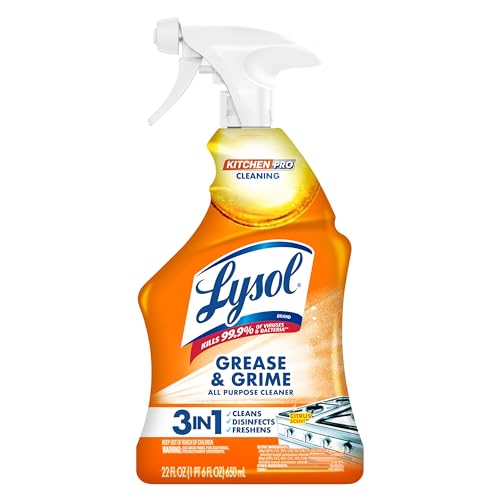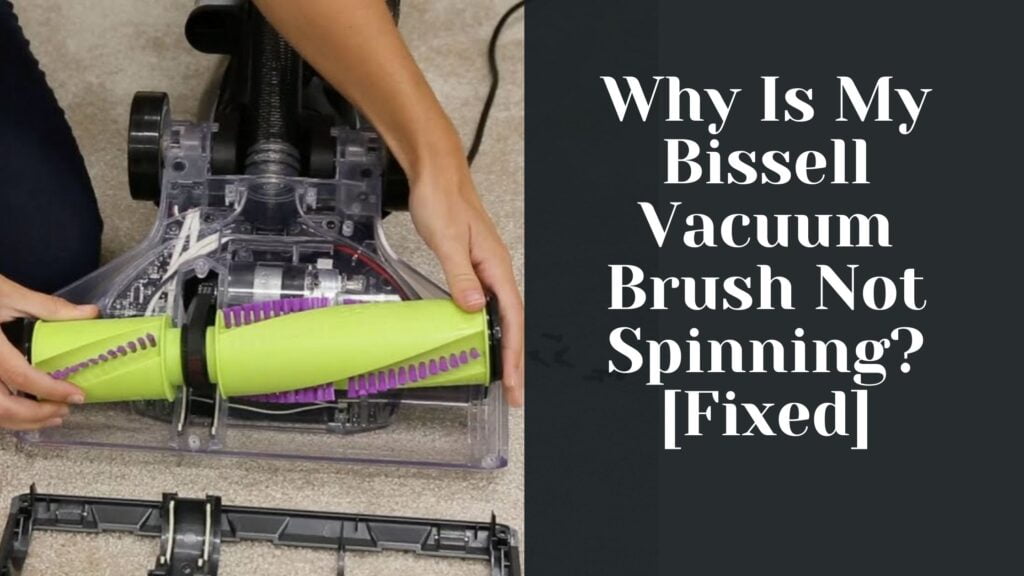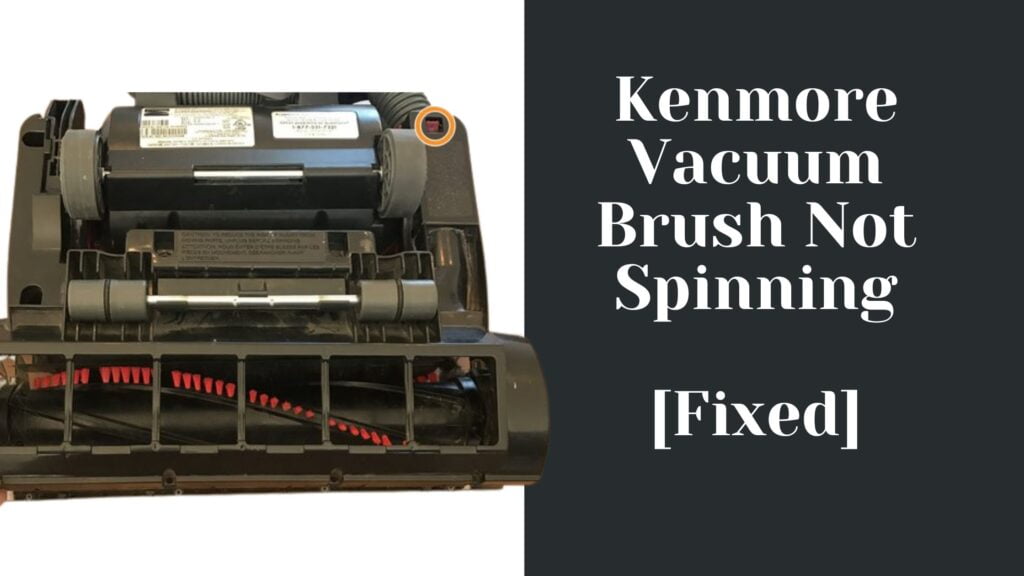Dog hair can be a real nuisance, especially when it comes to vacuuming. If you’ve noticed your Sebo vacuum isn’t picking up dog hair as effectively as it once did, you’re not alone. Many pet owners face this struggle. It’s important to understand why this might be happening and how you can fix the issue.
The first step is identifying the problem. With heavy shedding breeds, dog hair tends to get tangled in the brush roll of your Sebo vacuum cleaner or block the suction tube, hampering its effectiveness. Over time, if not properly maintained, these factors could lead to your vacuum not picking up dog hair efficiently anymore.
Fear not! You don’t have to live with a fur-lined carpet forever. By adopting some simple maintenance practices and considering certain factors that we’ll discuss in detail later on in this article, you can restore your Sebo vacuum’s efficiency and keep your home free from annoying pet hairs.
Understanding the Issue: Sebo Vacuum Not Picking Up Dog Hair
If you’re a pet owner, chances are that your furry friend’s hair is one of the biggest cleaning challenges you face. You’ve invested in a Sebo vacuum, renowned for their superior suction power and durability. Yet, it seems like it just can’t keep up with the shedding of Fido’s coat. The vacuum doesn’t seem to be picking up dog hair as well as it used to or maybe not at all. Why does this happen?
Firstly, let’s look closer at the root of the problem – your dog’s hair. Canine fur is notorious for its tenacity; it weaves itself into carpets and clings onto upholstery relentlessly. This makes it particularly difficult for any vacuum cleaner to deal with effectively.
Secondly, consider the design of your Sebo vacuum itself. It was engineered with human hair and common household dust in mind primarily; dog fur poses an entirely different challenge due to its unique texture and volume.
Next on our list is maintenance frequency – when was your last thorough clean-out? Vacuums require regular emptying and filter changes to maintain optimal performance levels. If neglected, they may struggle even with tasks they could previously handle easily.
Finally, age might be catching up with your appliance. Like all mechanical devices, wear and tear over time can cause degradation in performance – even in high-quality machines like Sebo vacuums.
Here are some potential reasons why your Sebo vacuum might not be performing at its best:
- Dog Fur Characteristics: Its thickness, length and natural oils make it harder for vacuums to pick up.
- Vacuum Design Limitations: While great for standard household dirt or human hair, a Sebo might struggle against animal fur.
- Maintenance Issues: Overfilled bags or clogged filters can severely hamper a vacuum’s effectiveness.
- Age-related Performance Decrease: Over time parts wear out leading to decreased suction power.
Understanding these factors will help you better troubleshoot if ever faced with such issues again!
Key Features of a Sebo Vacuum
Sebo vacuums are renowned for their high-quality performance, but what exactly sets them apart? Let’s delve into the key features that make these cleaners worth your consideration.
Firstly, you’ll appreciate the powerful suction capability. Sebo vacuums boast robust motors that tackle even the most stubborn debris. Whether it’s fine dust or entangled dog hair, their suction strength ensures an immaculate clean.
One feature you’re going to love is their superb filtration system. Offering S-class and HEPA filters, these machines ensure more than 99% of allergens stay trapped within, making them great for pet owners and allergy sufferers alike.
Next up is durability. Sebo vacuums aren’t just about performance – they’re designed to last. Built with high-grade materials and rigorous testing protocols, these machines are made to endure years of use without compromising efficiency or function.
Don’t forget about versatility! These vacuum cleaners come equipped with various attachments like crevice tools and upholstery nozzles which make cleaning different surfaces a breeze. Plus, some models have automatic height adjustment – ideal for homes with multiple floor types.
Lastly, there’s convenience at every turn. From easy bag changes to quiet operation and even onboard tool storage – everything about a Sebo vacuum is designed with user-friendliness in mind.
In summary:
- Powerful motor for excellent suction
- High-grade filtration system (S-class or HEPA)
- Durability due to quality construction
- Versatility through various attachments
- User-friendly design for added convenience
Given all these attributes, it’s clear why many homeowners find themselves gravitating towards Sebo when looking for reliable vacuum solutions.
Common Reasons Why Your Sebo Vacuum May Struggle with Dog Hair
Seems like you’re having a tough time with your Sebo vacuum not picking up dog hair as it should, huh? Well, there could be a few reasons why. Let’s dive into the most common ones.
First off, one of the biggest culprits can be a full or clogged bag. Dog hair can fill up your vacuum’s dust bag pretty quickly especially if you have multiple pets or if they shed heavily. When this happens, your vacuum loses suction power and hence struggles to pick up fur effectively. Regularly checking and replacing the bag will help maintain the optimal performance of your Sebo vacuum.
Secondly, blockages in various parts of your machine might be causing the problem too. Dog hair is notorious for winding itself around brushes and getting stuck in nooks and crannies. If these areas are blocked, airflow is restricted which negatively affects suction power. Regular maintenance and cleaning of filters, hoses, and brushes helps avoid such issues.
The type of floor surface you’re cleaning also plays a significant role here. Carpets are known to trap pet hair deep within their fibers making it harder for vacuums to clean thoroughly compared to hard floors like wood or tile where hairs remain on top surfaces for easy pickup.
Last but not least is the factor of incorrect settings on your machine. You may inadvertently have set it to a mode that doesn’t provide enough suction needed for effective pet hair cleanup – say low power mode when high would do better or carpet setting while working on hard floors.
By understanding these factors affecting your Sebo’s efficiency at dog hair pickups, you’ll be better equipped at troubleshooting any hiccups along the way!
Maintenance Tips for Your Sebo Vacuum
Owning a Sebo vacuum means you’ve invested in quality, but even the best appliances require regular maintenance to keep them operating at their peak performance. If your trusty cleaner isn’t sucking up your dog’s hair like it used to, don’t panic! Here are some practical tips that might just bring back its former glory.
Firstly, check out the bag. A full or clogged bag can drastically reduce your vacuum’s efficiency. It’s recommended to change the bag when it’s about 3/4 full for optimum performance. For those with shedding pets, you’ll likely need to do this more frequently than others.
Secondly, take a look at the filters – both pre-motor and exhaust filters should be checked regularly and cleaned if necessary. Some models feature S-class or HEPA filters which cannot be washed; they should be replaced annually or whenever they appear dirty.
Next on the list is inspecting the brush roller. Over time, it can become entangled with hair (especially long pet hair!) causing it to spin less effectively or not at all. Detach it from your unit carefully and remove any accumulated debris using scissors if needed.
Lastly, don’t overlook blocked hoses or other parts of your vacuum cleaner where dust and pet hair could accumulate over time – check these areas periodically too!
Following these simple yet effective maintenance steps will ensure your Sebo vacuum doesn’t lose its suction power and continues to tackle dog hair effortlessly:
- Replace bags when 3/4 full
- Regularly clean or replace filters
- Check and clean brush rollers
- Inspect for blockages in hoses
Remember, preventative care is always better than dealing with bigger problems down the line – so make sure you’re giving your Sebo vacuum the TLC it deserves!
How to Clean and Replace Filters on Your Sebo Vacuum
Maintaining your Sebo vacuum’s performance is easier than you might think. One of the most effective ways to keep your machine in top shape is by regularly cleaning and replacing its filters. If your vacuum isn’t picking up dog hair like it used to, a dirty or worn out filter may just be the culprit.
Start by unplugging your vacuum for safety purposes. Locate the pre-motor filter, which can usually be found behind the bag compartment door. Carefully remove it and knock off any loose debris into a trash bin. Depending on how soiled it is, you might need to rinse it under warm water. Just make sure it’s fully dry before reinserting.
Next up, let’s handle the exhaust filter – that little fellow that stops those pesky particles from going back into your room! You’ll typically find this one at the rear of your vacuum cleaner (but check your manual if you’re unsure). Again, shake off loose dirt and give it a rinse if necessary, making sure to let it dry thoroughly.
Sometimes though, cleaning won’t cut it. It might be time for a fresh start with new filters! Replacement intervals depend on use, but as a general rule of thumb:
- Pre-motor filters: replace every 12 months
- Exhaust filters: replace every 6-9 months
Remember that these are estimates and heavy usage may require more frequent replacements.
Here are some signs indicating that replacement could be due:
- Noticeable loss in suction power
- Unusual noises from the motor area
- Excessive dust being released back into room
So there you go! A clean or replaced filter can work wonders for restoring suction power and making sure everything (yes, even stubborn dog hair) gets picked up properly!
Best Practices for Using Sebo Vacuums on Pet Hair
So, you’ve got a Sebo vacuum and it’s not picking up dog hair as effectively as you’d like? No worries, we’re here to help. Here are some best practices to follow when using your Sebo vacuum on pet hair.
First off, always make sure your vacuum is in prime condition before starting. Empty the dust bag regularly; a full bag reduces suction power, making it harder for the machine to pick up pet hair. Try emptying the bag when it’s about 3/4 full for optimal performance.
Next, clean your brushes often. Dog hair can get tangled in them and prevent them from spinning properly. To do this:
- Unplug the vacuum cleaner.
- Remove the brush roll according to the instructions provided with your appliance.
- Use scissors or a brush cleaning tool (supplied with some models) to remove hair from the bristles.
Lastly, consider investing in a turbo brush if you don’t already have one – they’re particularly effective at picking up pet hair! The SEBO K series Airbelt models come with an optional ET-1 power head that includes an adjustable-height mechanism which makes it perfect for deep-cleaning carpets where stubborn pet hairs may be hiding.
Remember that different types of flooring require different settings on your Sebo vacuum cleaner. For example, when cleaning carpets or rugs with longer fibres, use a higher setting so that the brush doesn’t dig too deeply into the material and potentially damage it.
Regular maintenance of your Sebo vacuum will ensure that it continues to perform at its best – even against persistent pet hairs! So keep these tips in mind next time you fire up your trusty machine. With consistent care and attention, there’s no reason why those pesky dog hairs should be anything more than a minor inconvenience!
Reviewing Alternative Vacacuums for Pet Owners
When your Sebo vacuum isn’t sucking up Fido’s fur like it used to, it might be time to consider some alternatives. There’s a whole market of pet-friendly vacuums out there just waiting to prove their worth in the battle against stubborn pet hair.
Bissell’s Pet Hair Eraser Turbo Plus stands out as a top contender. It’s engineered with powerful suction and a tangle-free brush roll that can make short work of your dog hair dilemma. The hands-free empty allows you to dispose of the collected debris without touching it – pretty neat, right?
Perhaps you’ve heard about Dyson Ball Animal 2? This vacuum is well-known for its strong suction power, making dog hair pickup a breeze. It also comes with counter-rotating brushes designed specifically for lifting pet fur from carpets and hard floors alike.
Let’s not forget Shark Rotator Powered Lift-Away TruePet (NV752). With its mini motorized brush attachment, it pulls embedded hairs from deep within carpets while its anti-allergen complete seal technology ensures that those pesky dander particles don’t escape back into your living space.
Miele Complete C3 Cat & Dog Canister Vacuum has been praised by many pet owners too. Its Electro Plus electrobrush provides an intensive deep cleaning suitable even for high-pile and plush carpeting where most dog hairs hide.
To give you an idea of how these models stack up, here’s a quick comparison:
| Bissell Pet Hair Eraser Turbo Plus | Dyson Ball Animal 2 | Shark Rotator Powered Lift-Away TruePet (NV752) | Miele Complete C3 Cat & Dog Canister Vacuum | |
|---|---|---|---|---|
| Suction Power | High | Very High | High | Average |
| Brush Type | Tangle-Free Brush Roll | Counter-Rotating Brushes | Mini Motorized Brush Attachment | Electro Plus Electrobrush |
| Additional Features | Hands-Free Empty | None Mentioned | Anti-Allergen Complete Seal Technology |
Remember, the best vacuum will depend on your unique needs: the size of your home, type of flooring, number and breed(s) of pets etc. So take your time when choosing the next warrior in fighting against the relentless onslaught of pet hair!
Conclusion: Ensuring Optimal Performance of Your Sebo Vacuum
You’ve come a long way in understanding why your Sebo vacuum might not pick up dog hair as effectively. It’s essential to remember that proper and regular maintenance is key to ensuring optimal performance.
Firstly, always make sure to clean your vacuum regularly. This involves emptying the bag or dust bin once it’s full, cleaning the filters, and checking for any blockages in the hose or wand. Regular cleaning prevents build-up of dirt and pet hair that can clog your machine over time.
Secondly, consider investing in specialized attachments if you’re constantly dealing with pet hair. Tools like turbo brushes are designed specifically for this task, offering an effective solution to persistent problems.
Lastly but importantly, always use authentic Sebo parts when replacing any components. Using off-brand replacements could compromise the performance and longevity of your vacuum cleaner.
- Regular Cleaning
- Investing in Special Attachments
- Using Authentic Parts
By following these simple yet effective tips, you’ll be able to keep your Sebo vacuum running smoothly and efficiently. You won’t have to worry about dog hair on your carpets anymore! Remember that it’s not just about having a high-quality vacuum – how you maintain it matters just as much.





















